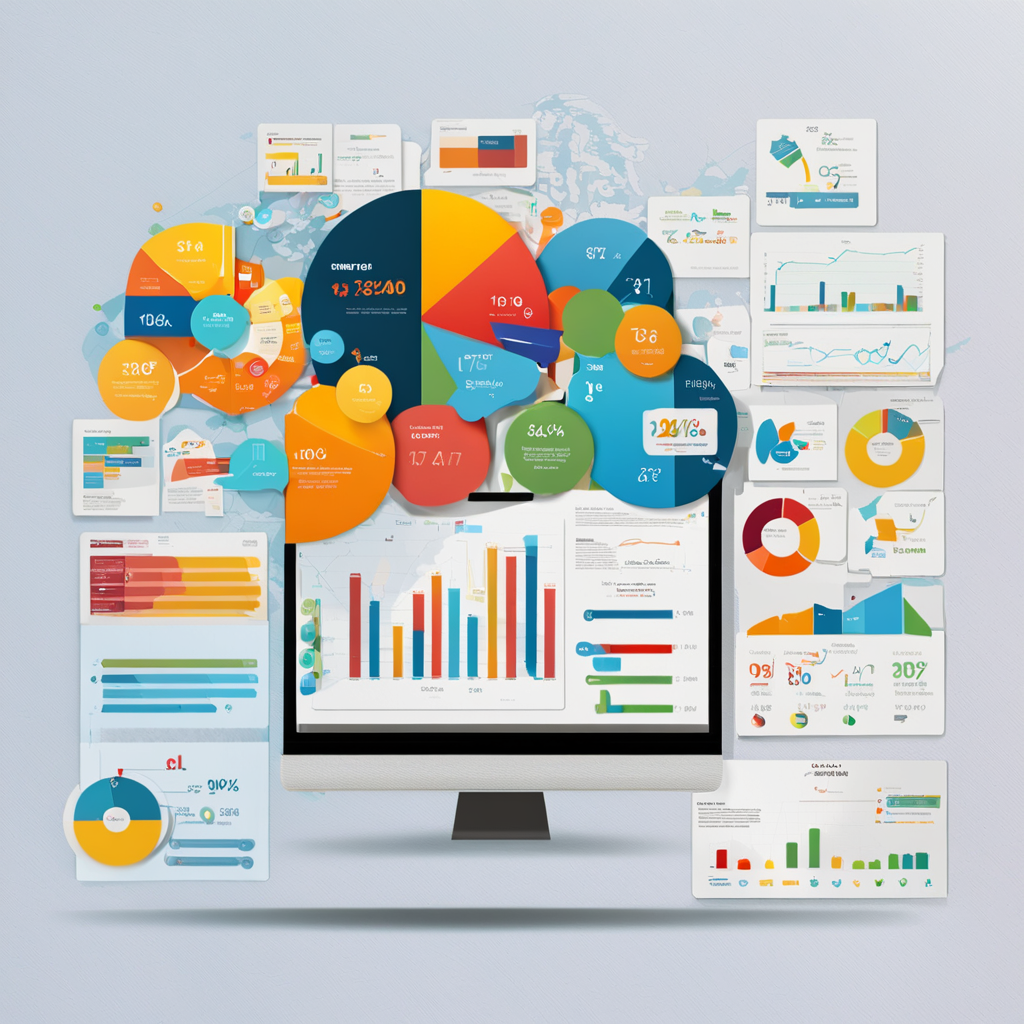In today's globalized digital environment, businesses and brands must cater to a diverse audience spread across multiple time zones. Social media, being one of the most powerful tools for engagement and brand visibility, requires a carefully crafted strategy to reach your audience effectively, regardless of where they are located. Optimizing your social media strategy for different time zones is not just about scheduling posts; it's about understanding your audience, delivering relevant content at the right time, and consistently analyzing performance to refine your approach.
Understanding Your Audience’s Geographic Distribution
The foundation of optimizing your social media strategy starts with a deep understanding of your audience's geographic distribution. Knowing where your followers are located is crucial to tailoring your strategy. Social media platforms like Facebook, Instagram, Twitter, and LinkedIn offer detailed analytics that can provide insights into where your audience is most active.
- Actionable Tip: Regularly review your audience insights to identify key regions and time zones. Segment your audience by location to better understand the concentration of followers in different time zones. This segmentation can also help in creating region-specific content that resonates with particular audiences.
- Example: If a significant portion of your audience is in North America and another segment is in Europe, your content strategy should account for the six to nine-hour time difference, ensuring that both segments see your posts during peak activity periods.

Scheduling Posts for Peak Engagement Times
After identifying where your audience is located, the next step is to determine the optimal times to post. Social media activity peaks at different times depending on the platform and the region. For instance, mornings and late afternoons tend to be high-engagement times in most time zones, but the specifics can vary.
- Actionable Tip: Utilize social media management tools like Buffer, Hootsuite, or MissingLettr to automate your posting schedule. These tools often include features that allow you to schedule posts according to the time zone of your audience. For example, you can set up different posting times for North American and European audiences, ensuring that your content appears when users are most likely to engage.
- Advanced Strategy: Consider staggering your posts. For instance, you can share a post tailored for your European audience in the morning their time and then re-share or slightly modify the same content to post during peak hours for your North American audience. This ensures that your content is fresh and relevant across different regions.
Creating Region-Specific Content
While timing is critical, the content itself should also be tailored to different regions. Cultural nuances, language preferences, and local trends can significantly impact how your content is received. Creating region-specific content ensures that your posts are not only timely but also relevant and engaging to the target audience.
- Actionable Tip: Develop multiple versions of key posts to align with the preferences of different regions. For example, a product launch can have different marketing messages that resonate with the cultural values and preferences of each region.
- Example: A global brand might highlight different aspects of a product depending on the region—focusing on sustainability in Europe and innovative technology in the U.S., reflecting regional priorities and interests.
- Content Diversity: Incorporating local languages, references to local events, or region-specific visuals can further personalize the content, making it more relatable to your audience.
Testing and Analyzing Performance
A successful social media strategy requires continuous testing and analysis. Since what works in one region may not work in another, it's important to regularly test different posting times, content types, and engagement strategies to find the optimal approach for each time zone.
- Actionable Tip: Implement A/B testing by posting the same content at different times or using slightly different messages and analyzing which version performs better in each region. Social media analytics tools can help track key metrics like engagement rates, click-through rates, and conversions across different time zones.
- Regular Review: Set aside time to review your social media performance regularly. Look for patterns in engagement and make adjustments to your posting schedule and content strategy based on the data. This ongoing analysis will help you stay agile and responsive to changes in audience behavior.
- Example: If you notice that posts in the Asia-Pacific region consistently underperform compared to other regions, you might need to adjust the posting time, content style, or even the platform used to better align with local preferences.

Leveraging Local Influencers and Regional Campaigns
Another effective way to optimize your social media strategy for different time zones is by collaborating with local influencers. Influencers have a strong understanding of their audience’s preferences, including the best times to post and the types of content that resonate most with their followers. Partnering with influencers in key regions can help your brand gain visibility and credibility in those areas.
- Actionable Tip: Identify and collaborate with influencers who have a strong presence in the regions you are targeting. Ensure that their followers align with your target audience. Influencers can also provide insights into local trends and preferences, helping you create content that is more likely to succeed in that time zone.
- Regional Campaigns: Consider running region-specific campaigns that are tailored to local holidays, events, or cultural moments. This approach not only shows that your brand is in tune with the local culture but also increases the chances of your content being shared and engaged with.
- Example: A fitness brand might collaborate with influencers in different regions to promote a global fitness challenge, with each influencer creating content that speaks directly to their local audience, using local languages, time zones, and cultural references.
Conclusion
Optimizing your social media strategy for different time zones is a multifaceted process that requires a deep understanding of your audience, strategic scheduling, tailored content creation, ongoing testing, and sometimes, collaboration with local influencers. By taking these steps, you can ensure that your brand remains relevant and engaging to a global audience, no matter where they are located.
In a world where social media never sleeps, being mindful of time zones and regional preferences can set your brand apart, leading to higher engagement, better customer relationships, and ultimately, more successful social media campaigns. By continuously refining your approach based on data and audience feedback, you can create a dynamic and responsive social media strategy that works around the clock and around the world.



